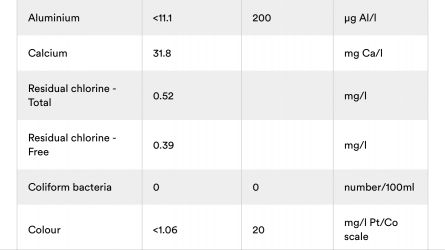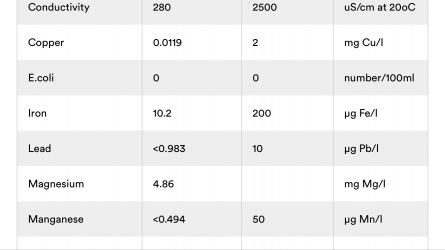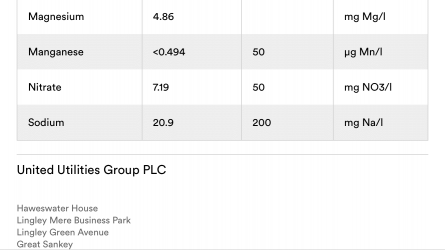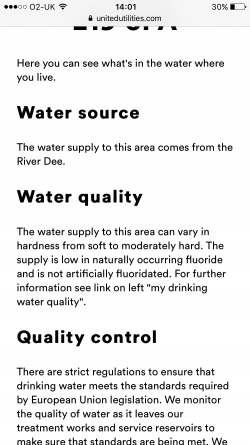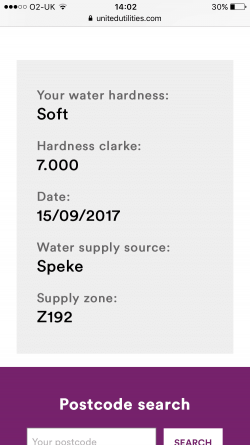Hi guys I'm new here and new to fish keeping! I have a question about my new tank of fishies... so I got a 60litre fishtank as my daughter won 2 goldfish at a fair and I couldn't bear to see them in that awful little bowl  however when I was setting up the tank and running it they both died before I could transfer them into their new home. The tank has a strong filter and a heater so after some research I decided to get platys as I heard they where hardy and good for beginners. I got the first 4, 1 male and 3 females the biggest is the male and he is an awful bully he seems to chase and nip the 2 smaller females and sexually harass the larger female. So after about 2 weeks of this today I sent my boyfriend to the shop for 2 more female platys to divide Gary's attention... he has come back with 2 female platys one of which is enormous and double the size of the others ! It's so shy and hasn't come out of hiding yet and then to my great annoyness 4 neon tetras.. now I didn't want them as I heard they are fragile ect but here they are. They seem to be doing ok actually swimming about in their little group very active. Sorry for the rambling but I just want to know if anyone thinks the males bullying will stop and the big blue female will ever come out of hiding and why is she so big ? Also these neons are they even good tank mates for platys ? Sorry for essay! Thanks
however when I was setting up the tank and running it they both died before I could transfer them into their new home. The tank has a strong filter and a heater so after some research I decided to get platys as I heard they where hardy and good for beginners. I got the first 4, 1 male and 3 females the biggest is the male and he is an awful bully he seems to chase and nip the 2 smaller females and sexually harass the larger female. So after about 2 weeks of this today I sent my boyfriend to the shop for 2 more female platys to divide Gary's attention... he has come back with 2 female platys one of which is enormous and double the size of the others ! It's so shy and hasn't come out of hiding yet and then to my great annoyness 4 neon tetras.. now I didn't want them as I heard they are fragile ect but here they are. They seem to be doing ok actually swimming about in their little group very active. Sorry for the rambling but I just want to know if anyone thinks the males bullying will stop and the big blue female will ever come out of hiding and why is she so big ? Also these neons are they even good tank mates for platys ? Sorry for essay! Thanks
 however when I was setting up the tank and running it they both died before I could transfer them into their new home. The tank has a strong filter and a heater so after some research I decided to get platys as I heard they where hardy and good for beginners. I got the first 4, 1 male and 3 females the biggest is the male and he is an awful bully he seems to chase and nip the 2 smaller females and sexually harass the larger female. So after about 2 weeks of this today I sent my boyfriend to the shop for 2 more female platys to divide Gary's attention... he has come back with 2 female platys one of which is enormous and double the size of the others ! It's so shy and hasn't come out of hiding yet and then to my great annoyness 4 neon tetras.. now I didn't want them as I heard they are fragile ect but here they are. They seem to be doing ok actually swimming about in their little group very active. Sorry for the rambling but I just want to know if anyone thinks the males bullying will stop and the big blue female will ever come out of hiding and why is she so big ? Also these neons are they even good tank mates for platys ? Sorry for essay! Thanks
however when I was setting up the tank and running it they both died before I could transfer them into their new home. The tank has a strong filter and a heater so after some research I decided to get platys as I heard they where hardy and good for beginners. I got the first 4, 1 male and 3 females the biggest is the male and he is an awful bully he seems to chase and nip the 2 smaller females and sexually harass the larger female. So after about 2 weeks of this today I sent my boyfriend to the shop for 2 more female platys to divide Gary's attention... he has come back with 2 female platys one of which is enormous and double the size of the others ! It's so shy and hasn't come out of hiding yet and then to my great annoyness 4 neon tetras.. now I didn't want them as I heard they are fragile ect but here they are. They seem to be doing ok actually swimming about in their little group very active. Sorry for the rambling but I just want to know if anyone thinks the males bullying will stop and the big blue female will ever come out of hiding and why is she so big ? Also these neons are they even good tank mates for platys ? Sorry for essay! Thanks


